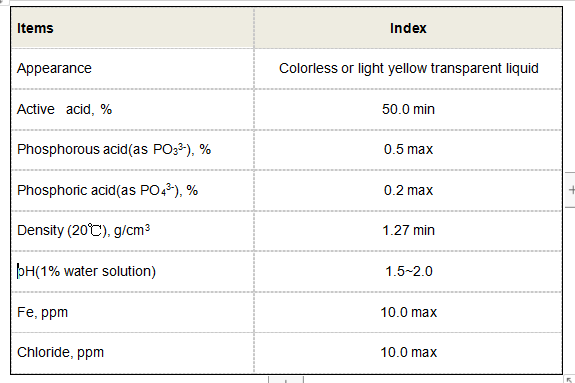Enhancing Water Purification Processes Using Polyacrylamide-Based Flocculants for Improved Treatment Efficiency
Polyacrylamide Flocculant in Water Treatment
Water treatment is an essential process aimed at improving the quality of water by removing contaminants and impurities. Among various chemicals used in this process, polyacrylamide (PAM) stands out as a highly effective flocculant. Its unique properties and versatility make it a popular choice in both municipal and industrial water treatment applications.
Polyacrylamide is a synthetic polymer that is made by polymerizing acrylamide monomers. It can be produced in various forms, including cationic, anionic, and nonionic variants, each tailored to specific applications. The choice of polyacrylamide type depends on the nature of the wastewater being treated, the desired outcome, and the operational conditions.
One of the key advantages of using polyacrylamide as a flocculant is its ability to enhance the aggregation of suspended particles in water
. When introduced into wastewater, PAM molecules interact with particles, bridging them together and forming larger aggregates or flocs. This process promotes the settling of these flocs, allowing for more efficient removal of solids from the water through sedimentation or filtration.Polyacrylamide is particularly effective in treating industrial wastewater, which often contains a high concentration of suspended solids, oils, and other contaminants. Industries such as mining, oil and gas, and food processing benefit significantly from the use of PAM, as it helps in achieving regulatory compliance by ensuring that treated water meets the necessary quality standards before discharge.
polyacrylamide flocculant water treatment

Another significant benefit of polyacrylamide in water treatment is its ability to reduce the overall chemical usage and operational costs. Traditional flocculants might require additional chemicals for effective treatment, leading to a more complicated treatment process. In contrast, PAM’s effectiveness allows for lower dosages and simpler treatment protocols. This not only lowers chemical costs but also minimizes the generation of chemical sludge, providing an environmentally-friendly solution to wastewater management.
Moreover, polyacrylamide is known for its stability and effectiveness across a wide range of pH levels and temperatures. This versatility makes it suitable for various water sources and conditions. Regardless of whether it's treating raw sewage or industrial effluents, PAM can provide consistent performance, making it a reliable choice for water treatment facilities.
In addition to its flocculating properties, polyacrylamide also serves a role in enhancing the physical and chemical characteristics of water. For example, its use can improve the ease of handling and disposal of sludge produced during the treatment process. By promoting better dewatering of sludge, PAM can reduce the volume and weight of waste that needs to be managed, thus lowering disposal costs and environmental impact.
However, the use of polyacrylamide in water treatment comes with its considerations. Environmental concerns regarding its biodegradability have been raised, especially regarding residual acrylamide, which is considered a neurotoxin. Therefore, proper application and monitoring are essential to minimize any potential risks associated with its usage.
In conclusion, polyacrylamide flocculant has become a cornerstone in modern water treatment practices, offering effective and efficient solutions for removing contaminants from wastewater. Its ability to enhance particle aggregation, reduce chemical requirements, and adapt to various conditions makes it a favored choice across many industries. As the demand for clean water continues to rise, the role of polyacrylamide in sustainable water management will likely grow, contributing significantly to both environmental preservation and public health.
-
Understanding Polycarboxylic Acids: Properties, Applications, and Future PotentialNewsJul.28,2025
-
Scale Inhibitor Explained: How to Protect Your System from Limescale and Hard Water DamageNewsJul.28,2025
-
Scale and Corrosion Inhibitors: Essential Chemicals for Industrial Water System ProtectionNewsJul.28,2025
-
Polyaspartic Acid: A Biodegradable Polymer for Sustainable ChemistryNewsJul.28,2025
-
Isothiazolinones: A Versatile Antimicrobial Class with Industrial Power and Regulatory ChallengesNewsJul.28,2025
-
A Deep Dive into 2-Phosphonobutane-1,2,4-Tricarboxylic Acid (PBTC)NewsJul.28,2025





